10 Fascinating Facts About Horses’ Communication
Horses have been companions to humans for thousands of years, yet their language remains a mystery to many. These majestic creatures communicate primarily through non-verbal cues, utilizing a complex system of body language, vocalizations, and subtle gestures. Unlike humans, horses rely heavily on their acute senses to interpret their surroundings and convey messages. Understanding this silent language is crucial for building a harmonious relationship with them. From the flick of an ear to the rhythm of a neigh, let's delve into the unique aspects of equine communication to appreciate the depth and nuance of these remarkable animals.
1. The Power of Body Language
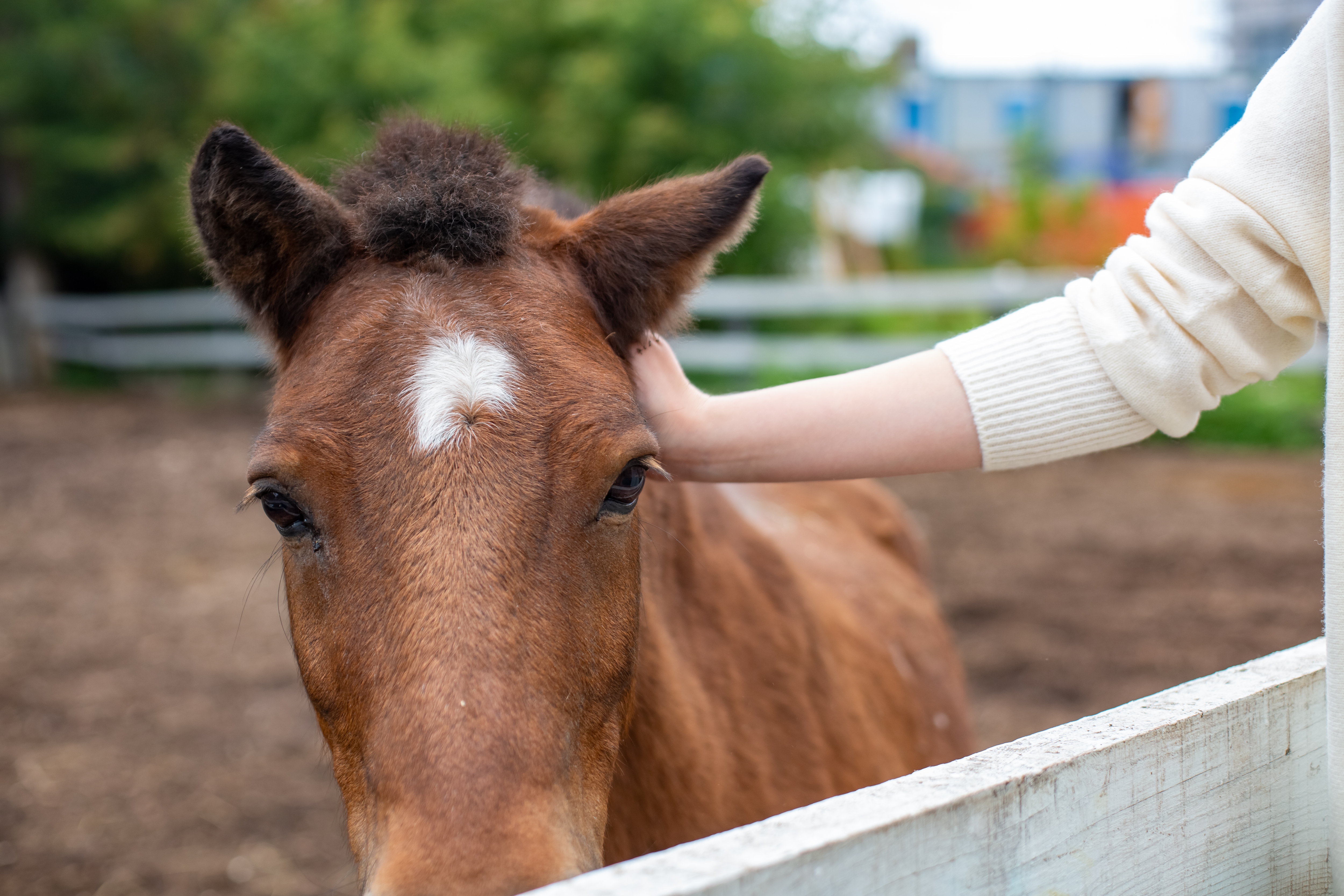
Horses are masters of body language, using every part of their body to express themselves. Their ears, eyes, nostrils, tail, and even the positioning of their hooves convey specific messages. For instance, a horse with pricked ears and wide eyes is likely alert and curious, while pinned ears and a swishing tail may indicate irritation or aggression. Understanding these signals is essential for anyone interacting with horses, as misinterpreting them can lead to misunderstandings or even dangerous situations. Horses also use body language to establish social hierarchies within their herds, with dominant individuals often displaying assertive postures to maintain order. By observing these cues, humans can gain valuable insights into a horse's mood and intentions, fostering better communication and trust.
2. Vocalizations: Beyond the Neigh
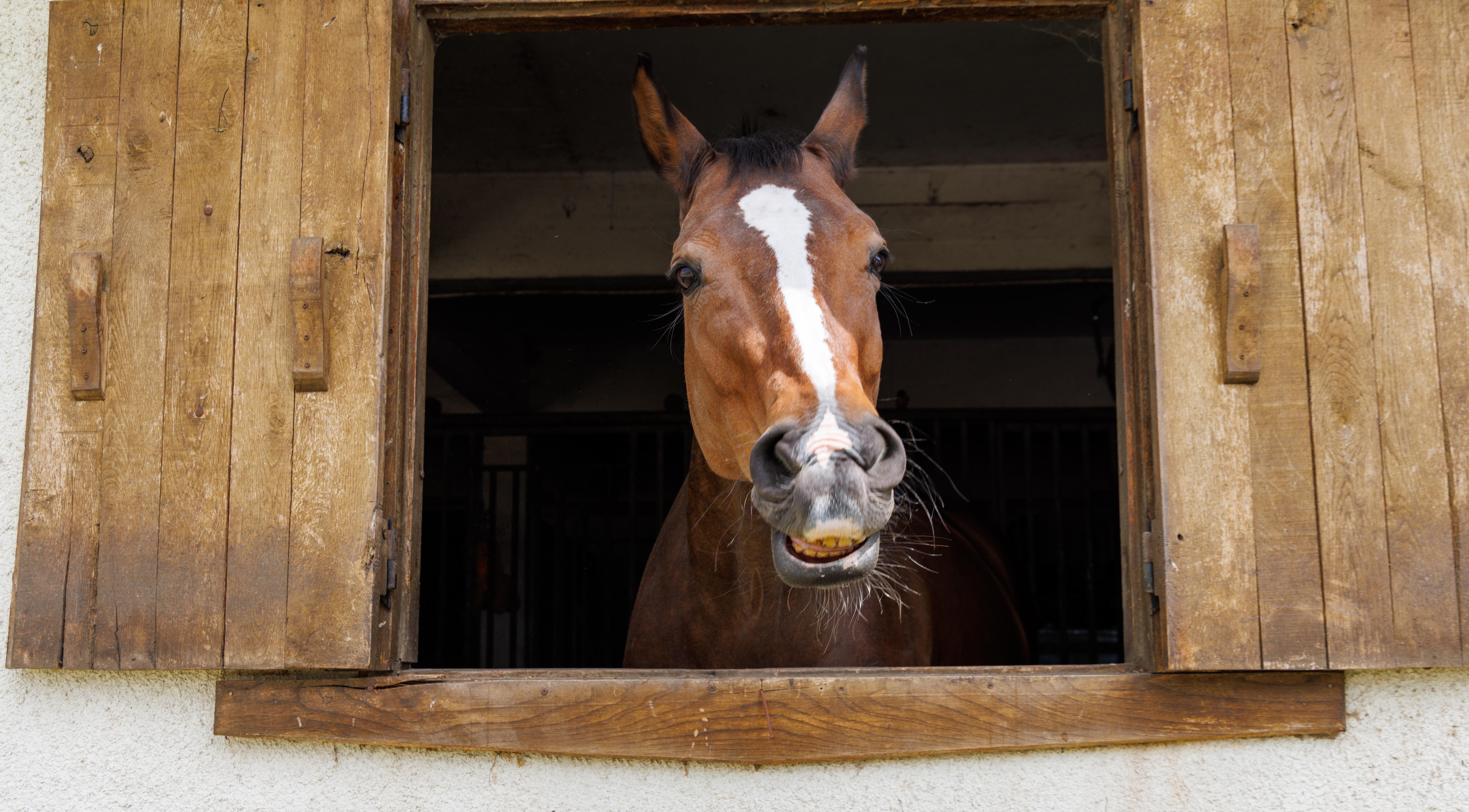
While horses are not as vocal as some animals, their vocalizations play a significant role in communication. Horses produce a range of sounds, including neighs, whinnies, nickers, and snorts, each serving a specific purpose. A neigh, for example, is often used to signal distress or to locate other horses, while a soft nicker is typically a friendly greeting. Snorts can indicate excitement or a warning, depending on the context. Understanding these vocal cues can help humans respond appropriately to a horse's needs and emotions. Additionally, horses can recognize the vocalizations of familiar individuals, both human and equine, highlighting their ability to form strong social bonds and remember past interactions.
3. The Role of Scent in Equine Communication
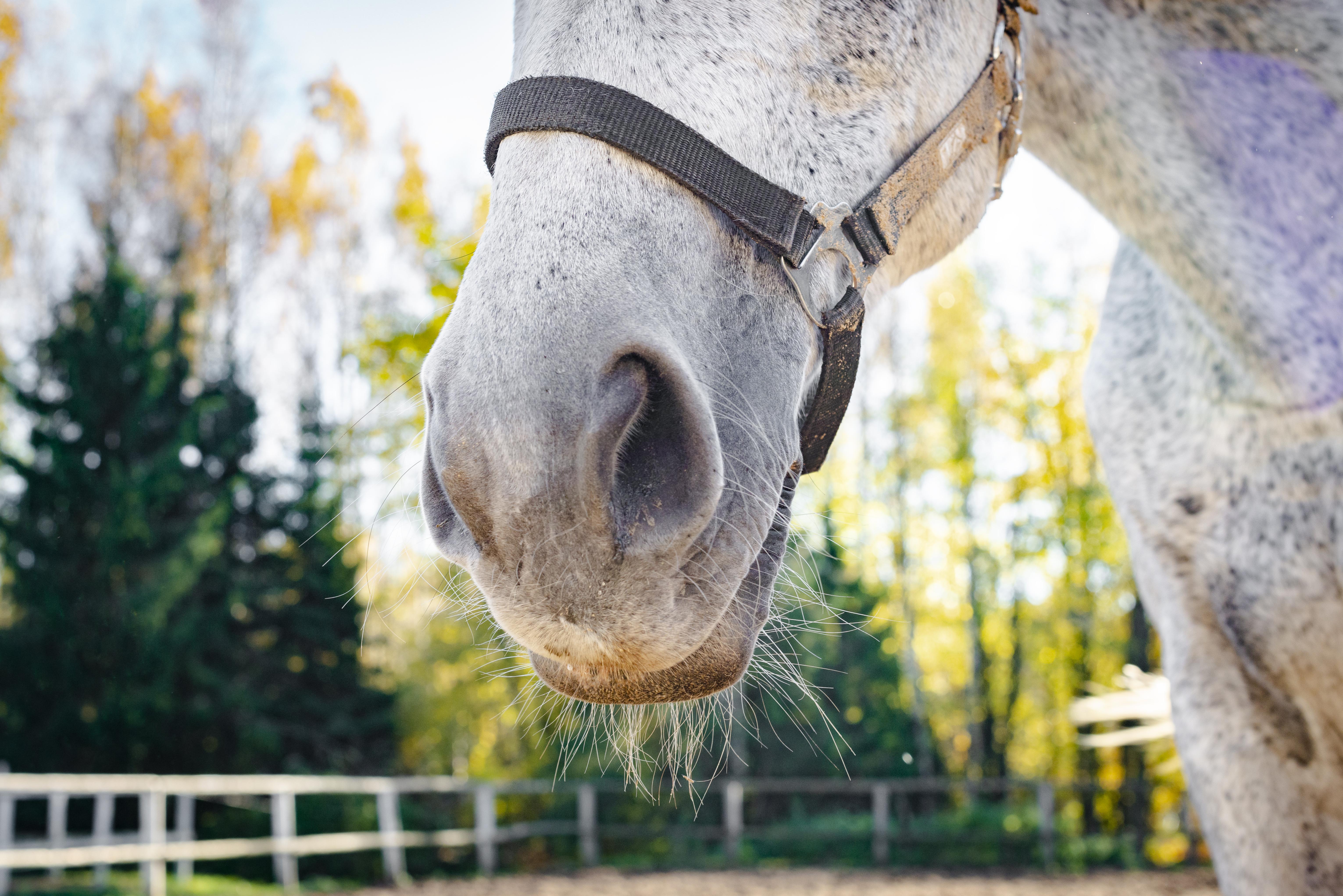
Horses possess a highly developed sense of smell, which they use to gather information about their environment and communicate with others. Scent plays a crucial role in identifying individuals, determining reproductive status, and detecting potential threats. Horses often greet each other by sniffing noses, exchanging olfactory information that helps establish social connections. They also use scent to mark territory and communicate dominance, with stallions frequently leaving scent marks to assert their presence. Understanding the importance of scent in equine communication can enhance human interactions with horses, as it emphasizes the need for maintaining a familiar and comforting environment for these sensitive animals.
4. The Importance of Social Structure
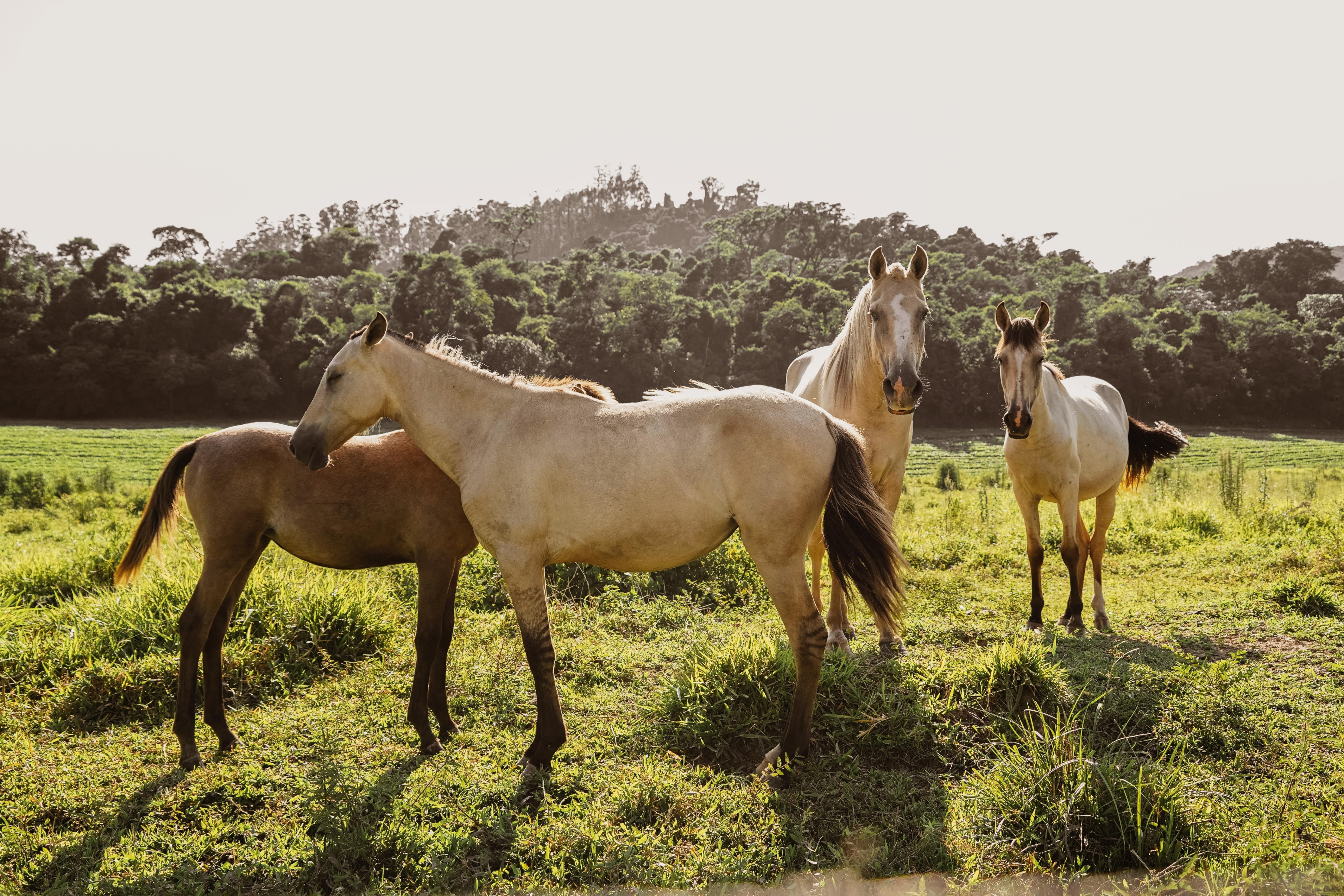
Horses are inherently social animals, living in herds with complex social structures. Within these groups, horses establish hierarchies that dictate interactions and access to resources. Dominant horses often lead the herd, making decisions about movement and grazing, while subordinate members follow their lead. This social structure is maintained through a combination of body language, vocalizations, and physical interactions. Understanding the dynamics of a horse's social environment is essential for effective communication, as it provides context for their behavior and responses. By respecting these social hierarchies, humans can build trust and cooperation with horses, fostering a more harmonious relationship.
5. Emotional Intelligence and Empathy
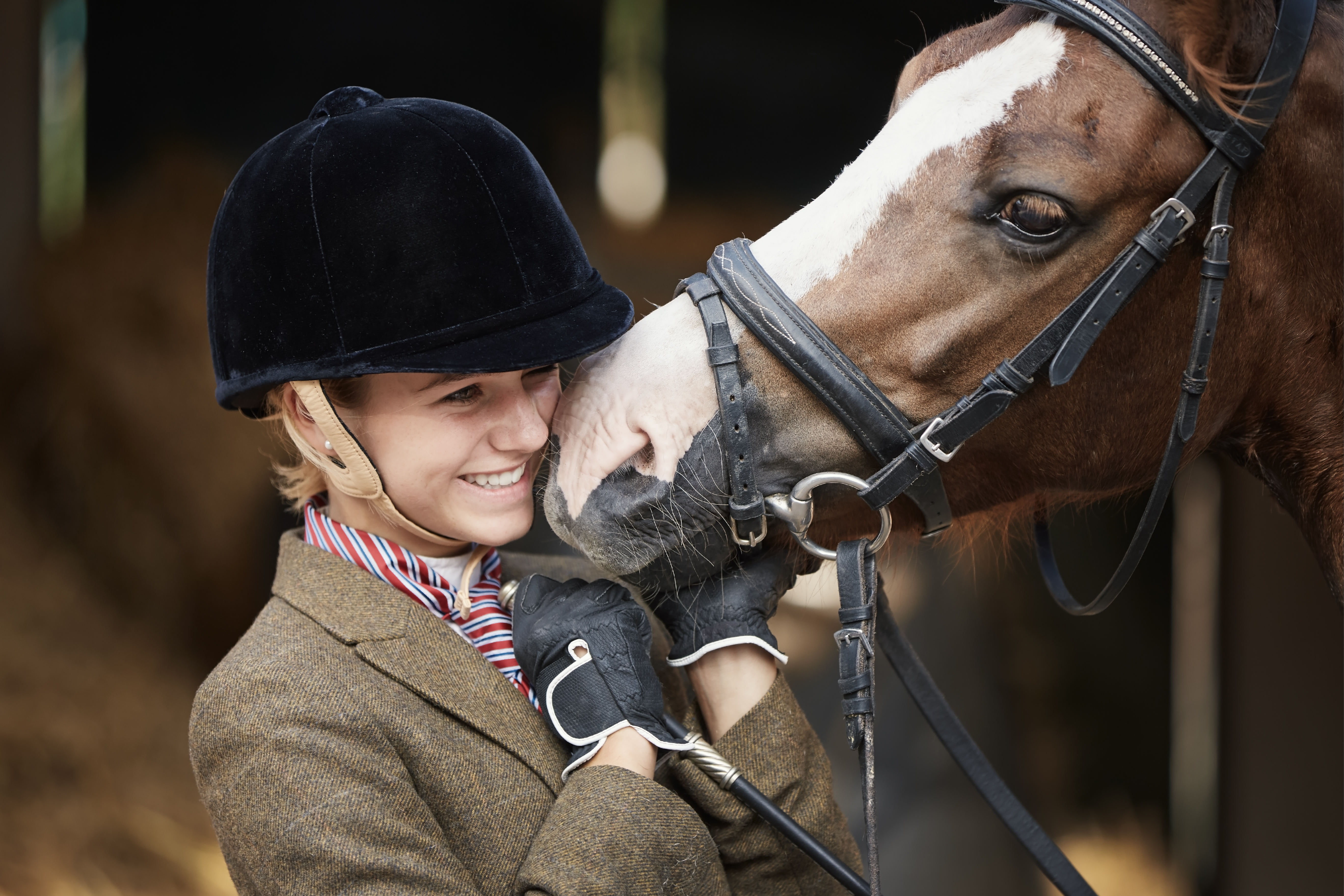
Horses are highly perceptive animals, capable of recognizing and responding to human emotions. Studies have shown that horses can distinguish between different facial expressions and vocal tones, reacting accordingly to positive or negative cues. This emotional intelligence allows horses to empathize with humans, often mirroring their moods and adjusting their behavior to provide comfort or support. Understanding this aspect of equine communication can enhance the bond between humans and horses, as it encourages a more empathetic and respectful approach to interaction. By acknowledging and responding to a horse's emotional cues, humans can create a more trusting and cooperative relationship.
6. Learning and Memory in Horses
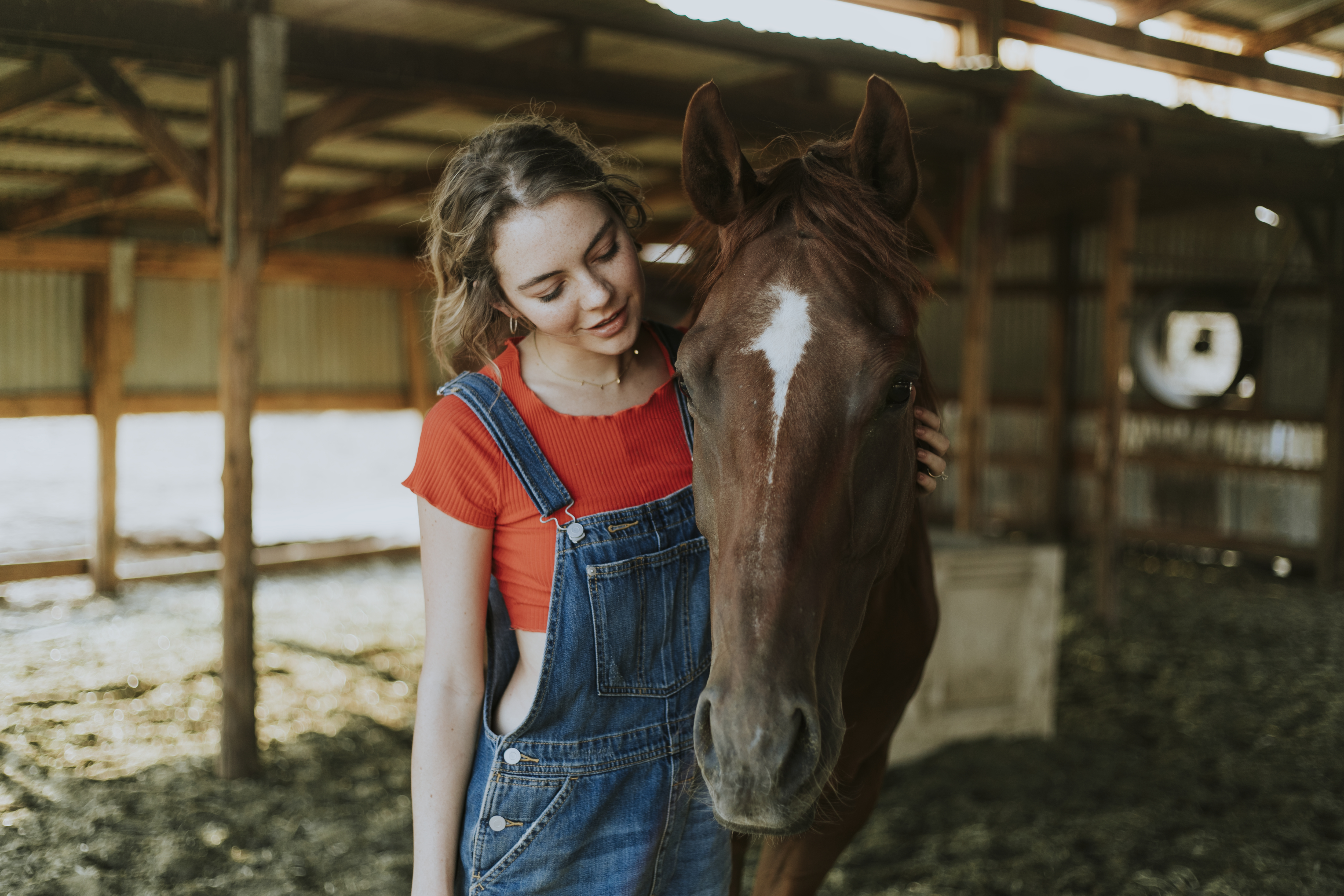
Horses are intelligent animals with impressive learning and memory capabilities. They can remember past experiences and apply that knowledge to new situations, demonstrating problem-solving skills and adaptability. This cognitive ability plays a crucial role in communication, as horses learn to associate specific cues with desired outcomes. For example, a horse may learn to respond to a particular command or gesture, understanding the expected behavior through repetition and reinforcement. By recognizing the importance of learning and memory in equine communication, humans can develop more effective training methods that align with a horse's natural abilities, promoting a deeper understanding and cooperation.
7. The Influence of Environment on Communication
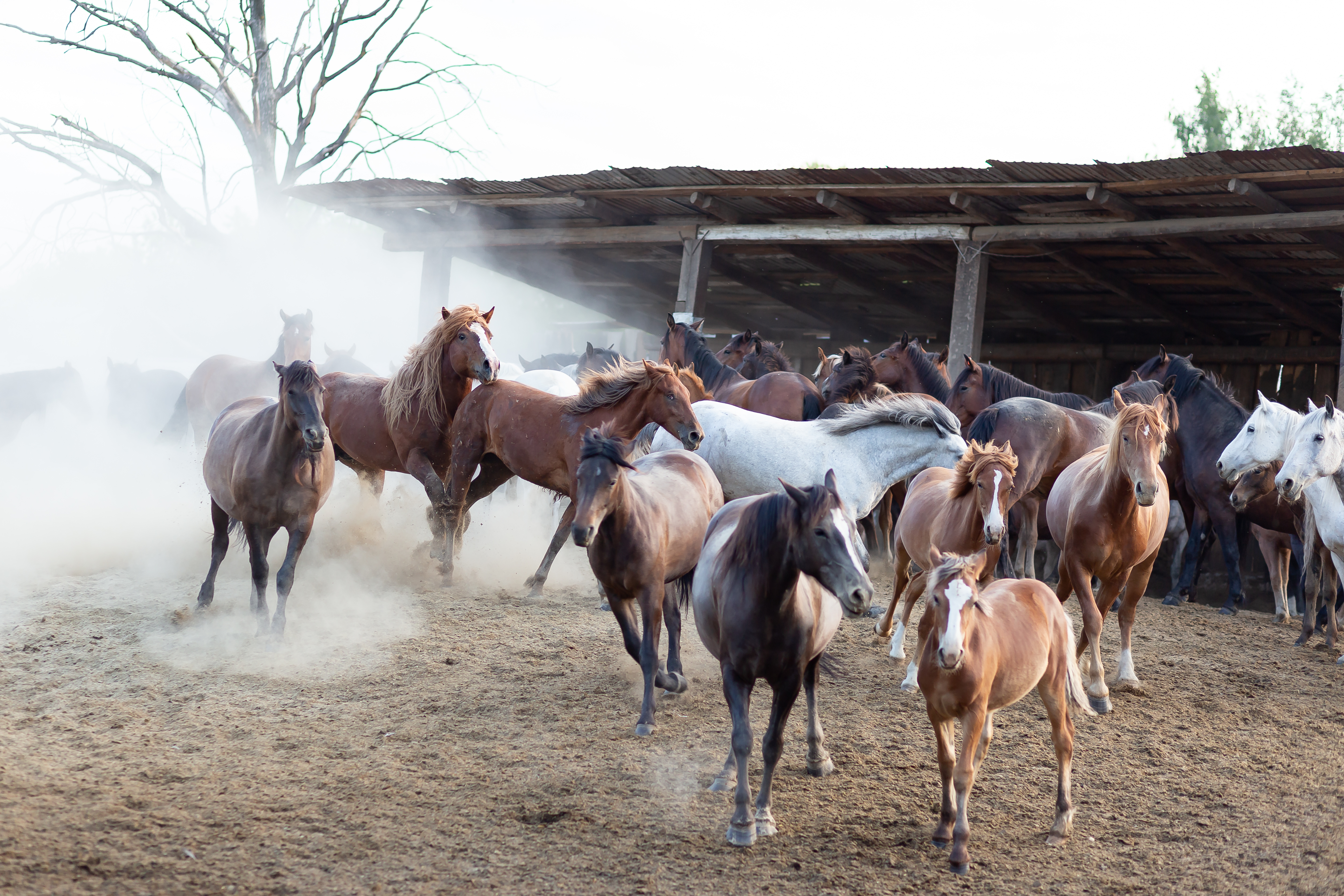
A horse's environment significantly impacts its communication and behavior. Horses are highly sensitive to changes in their surroundings, using their acute senses to detect potential threats and opportunities. Environmental factors such as weather, terrain, and the presence of other animals can influence a horse's mood and responses, affecting their communication with humans and other horses. Understanding these influences is crucial for effective interaction, as it allows humans to anticipate and accommodate a horse's needs. By creating a stable and supportive environment, humans can enhance communication and build a stronger bond with their equine companions.
8. Non-Verbal Cues and Human Interaction
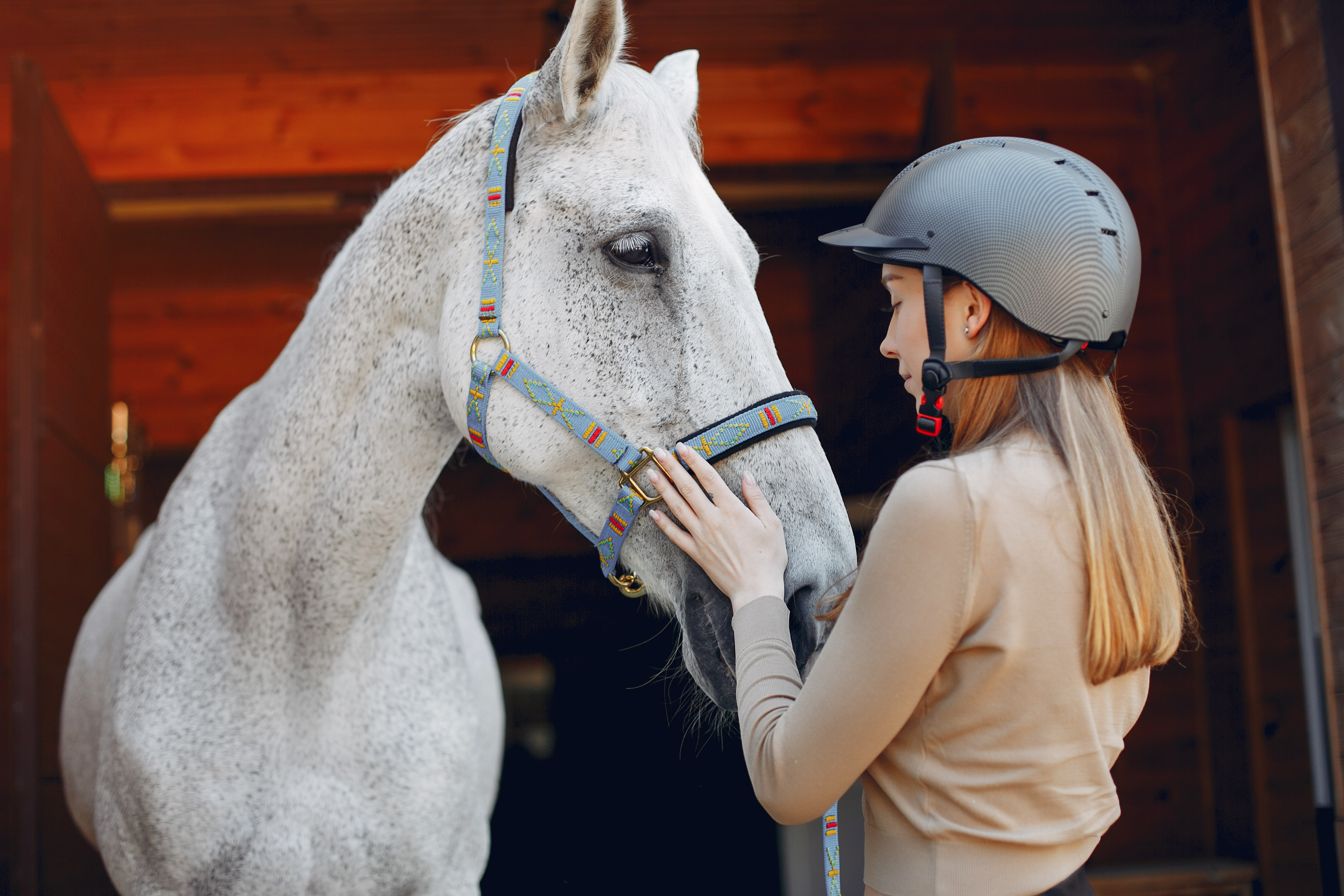
Horses are adept at interpreting non-verbal cues, both from other horses and humans. They can read human body language, facial expressions, and even subtle changes in posture or tension. This ability allows horses to respond to human emotions and intentions, often adjusting their behavior to match the situation. Understanding this aspect of equine communication is essential for effective interaction, as it emphasizes the importance of consistency and clarity in human cues. By being mindful of their own body language, humans can communicate more effectively with horses, fostering a more positive and cooperative relationship.
9. The Role of Play in Communication
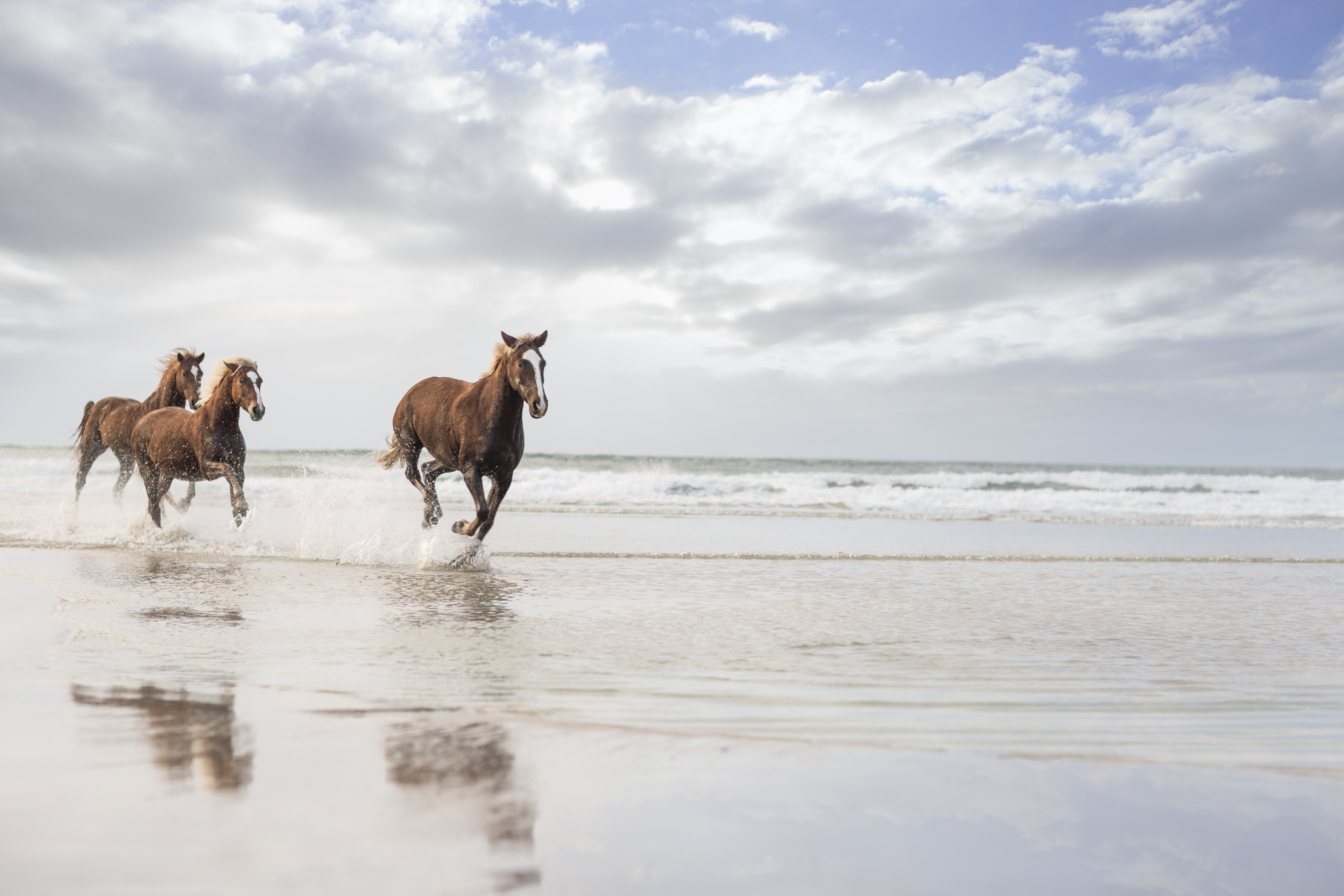
Play is an essential aspect of equine communication, particularly among younger horses. Through play, horses learn important social skills, establish bonds, and practice behaviors that are crucial for survival. Playful interactions often involve chasing, nipping, and mock fighting, allowing horses to test boundaries and develop trust with their peers. Understanding the role of play in equine communication can enhance human interactions with horses, as it highlights the importance of providing opportunities for social engagement and enrichment. By encouraging play and positive interactions, humans can support a horse's social development and overall well-being.
10. Challenges in Equine Communication
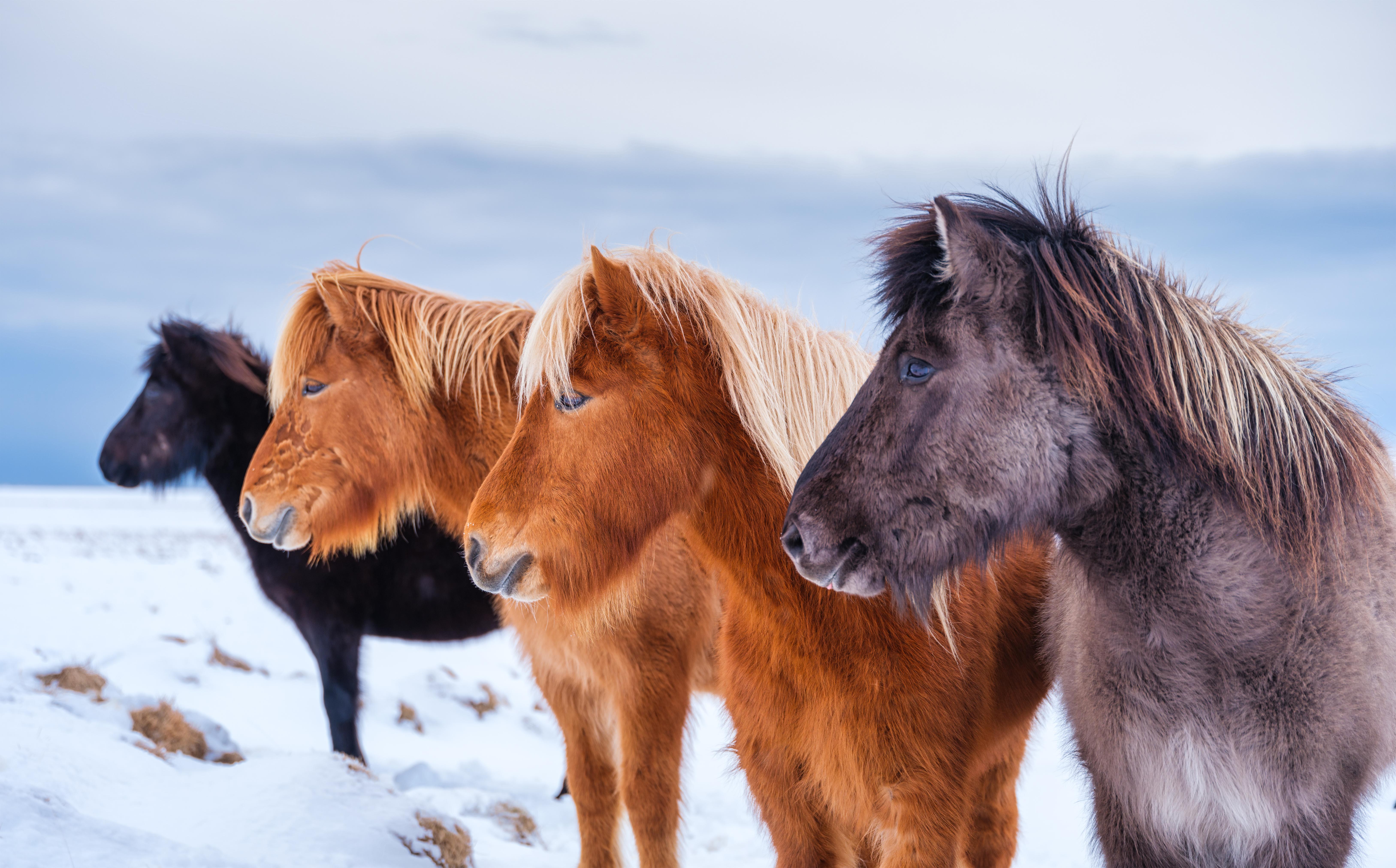
Despite their sophisticated communication methods, horses can face challenges in expressing themselves effectively. Factors such as stress, illness, or environmental disruptions can impact a horse's ability to communicate, leading to misunderstandings or behavioral issues. Additionally, human misinterpretation of equine signals can exacerbate these challenges, resulting in frustration or conflict. Understanding these potential obstacles is crucial for effective communication, as it encourages a more patient and empathetic approach to interaction. By recognizing and addressing these challenges, humans can support a horse's communication needs and foster a more harmonious relationship.
Bridging the Gap

Understanding how horses communicate and perceive their world is essential for building a strong and respectful relationship with these remarkable animals. By delving into their silent language, humans can gain valuable insights into a horse's emotions, intentions, and needs, fostering a deeper connection and cooperation. Each aspect of equine communication, from body language to vocalizations, plays a crucial role in this process, highlighting the importance of empathy, patience, and respect in human-horse interactions. As we continue to explore and appreciate the complexity of equine communication, we can bridge the gap between species, creating a more harmonious and fulfilling partnership.







